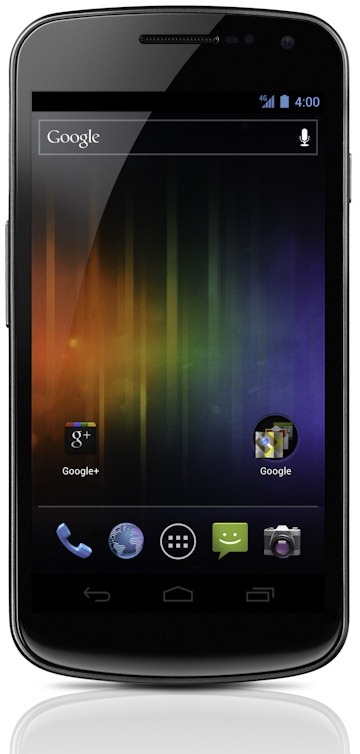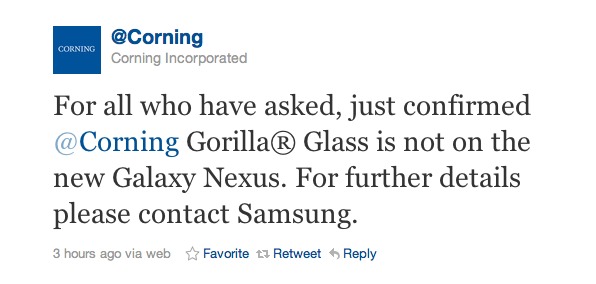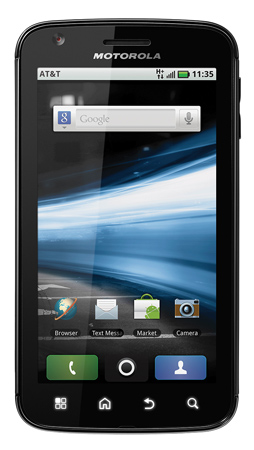Let's take the three best Android phones that are up-and-coming and put them head to head in a hardware comparison and see which one comes out on top.
Display:
Galaxy Nexus: 4.65" Super AMOLED HD, ~324 pixel density
Galaxy S2 Touch: 4.52" Super AMOLED Plus, ~206 pixel density
Droid RAZR: 4.3" Super AMOLED, 256 pixel density
Out of all of these, the Galaxy Nexus comes out on top. It's got Samsung's beautiful Super AMOLED HD display, which tops its AMOLED Plus and obviously its regular AMOLED.
Winner: Galaxy Nexus
Processor:
Galaxy Nexus: A9 Cortex Dual-Core @ 1.2gHz
Galaxy S2 Touch: Samsung Exynos Dual-Core @ 1.2gHz
Droid RAZR: A9 Cortex Dual-Core @ 1.2gHz
All of these devices use relatively similar processors. They are all clocked at 1.2gHz. While the Galaxy S2 Touch's processor rocks a better graphics chip in it, we will leave that part to the actual graphics section. As far as processor speed is concerned, all three are a tie.
Winner: Tie
RAM:
Galaxy Nexus: 1GB
Galaxy S2 Touch: 1GB
Droid RAZR: 1GB
Obviously this is the industry standard at this point. Not much to say here. Tie all the way..
Winner: Tie
Graphics Processor:
Galaxy Nexus: Power VT SGX540 GPU
Galaxy S2 Touch: Mali-400MP
Droid RAZR: Power VT SGX540 GPU
The biggest difference here is Samsung's amazing hardware acceleration that comes with their Mali-400MP chip. It will blow the RAZR and Galaxy Nexus out of the water. Expect about 10% more performance out of the Touch in comparison to the other two devices. Because of this, the winner is the Galaxy S2 Touch.
Winner: Galaxy S2 Touch
Min/Max Storage:
Galaxy Nexus: 16GB/64GB
Galaxy S2 Touch: 16GB/48GB
Droid RAZR: 16GB/48GB
Given that the Galaxy Nexus will be coming in a 16GB model and a 32GB model, the Galaxy Nexus allows for its 32GB onboard storage combined with a 32GB microSD card, giving it the most storage power out of all three of the phones.
Winner: Galaxy Nexus
Thickness:
Galaxy Nexus: 9mm
Galaxy S2 Touch: 10mm
Droid RAZR: 7.1mm
Motrola takes the cake on this one. 7.1mm? How on earth did they fit a 4G modem in something that is 1/3 of an inch thick? It's crazy thin. Motorola wins hands down with the Droid RAZR.
Winner: Droid RAZR
Camera:
Galaxy Nexus: 5MP Rear, 1.2MP Front
Galaxy S2 Touch: 8MP Rear, 2MP Front
Droid RAZR: 8MP Rear, 2MP Front
Just from the raw numbers, it seems as if the Galaxy S2 and Droid RAZR would come out on top. However this is the one area where pure numbers don't matter. Megapixels is just a small fraction of the equation to figure out what a good camera picture looks like. The Galaxy Nexus rocks the software of Android 4.0 Ice Cream Sandwich, as well as allowing for panoramic pictures and zero shutter lag. This makes the Galaxy Nexus come out on top.
Winner: Galaxy Nexus
Battery:
Galaxy Nexus: 1750mAh
Galaxy S2 Touch: 1800mAh
Droid RAZR: 1780mAh
Now with battery, like the camera, there are many other factors that get bundled in with it. How efficient is the operating system in talking to the hardware? Is the processor running at the fastest speed it can handle? Is it overclocked, underclocked, or set at a normal stock recommended speed? The Galaxy Nexus has a TI OMAP 4460 compared to the RAZR's 4430. The difference being that the Nexus has a speed cap of 1.5gHz per core, while the RAZR has a limit of 1.2gHz per core. The S2 Touch's is clocked at 1.2gHz max, so in this case, the Galaxy Nexus wins on the terms of not being ran at its maximum potential.
Winner: Galaxy Nexus
Connectivity:
Galaxy Nexus: 4G Samsung modem
Galaxy S2 Touch: 4G Samsung modem
Droid RAZR: 4G Motorola modem
All of the devices run 4G networks. Motorola has always had considerably better 4G modems in their devices, and the RAZR is no different. For this, the RAZR takes the cake for faster download/upload speeds.
Winner: Droid RAZR
Overall:
Galaxy Nexus: 4
Galaxy S2 Touch: 1
Droid RAZR: 2
The
Samsung Galaxy Nexus takes the cake on this one.

















